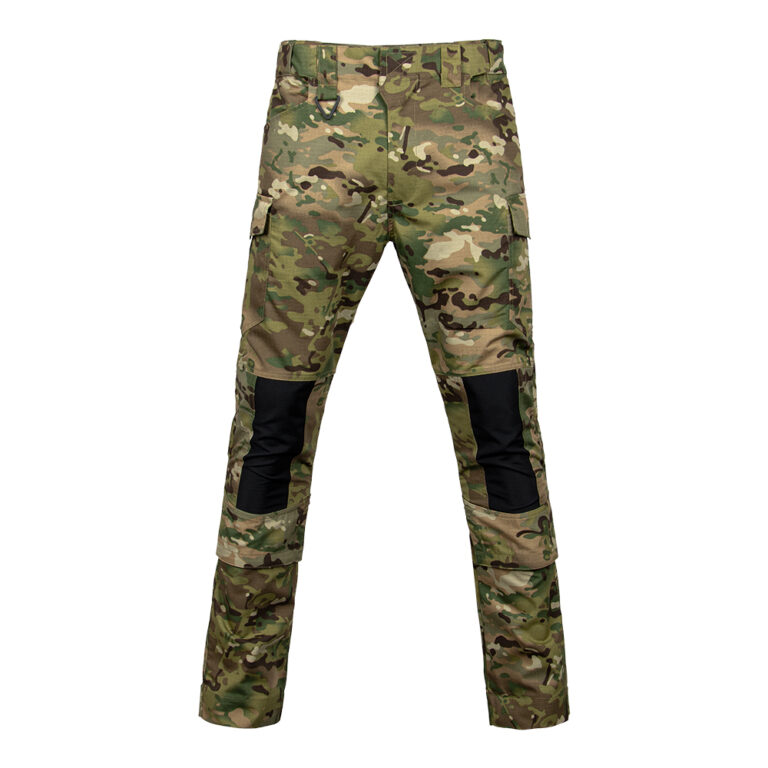



Materials:
65%Polyester+35%Cotton
60%Cotton+40%Polyester
50%Nylon+50%Cotton
Fabric weight:
210-220g/sm
Size:
XS-3XL or customization
Turn Down Collar.
Shoulder Epaulette.
Front cargo pockets with hidden button flaps.
Dual chest pockets.
Adjustable buttons at sleeve cuffs.
Waist rope:which can adjust waist tightness easily, clothing closefitting, comfortable shape.
Button Fly.
Selected firm fabric.
Wide pocket design.
Our Service:
acu army uniform
pakistan army uniform for sale
norwegian army uniform
2017 new army uniform
germany army uniform
angola army uniform
italian army uniform
khaki army uniform
the us army uniform
china greek army uniform
china pakistan army uniform
china uniform ceremonial military
american army uniform
china for army uniform
mens military clothing
What camo does the US Army use in the desert?
U.S. Army. First fielded in 1991, the DCU served as the U.S. Army’s primary desert combat pattern from 1992 to 2004. In June 2004, the Army unveiled a new pixel-style camouflage pattern called UCP (Universal Camouflage Pattern), to be used on the DCU’s successor uniform, the Army Combat Uniform (ACU).
What is desert storm camo called?
Though it was first designed in 1962, finalized in 1976, and then standardized in 1990, the Desert Battle Dress Uniform (DBDU)—affectionately known for its “chocolate chip” or “cookie dough” camouflage patterns—defined the U.S. military era known for a single event: Operation Desert Storm.
Is MultiCam a desert camo?
MultiCam Arid™: A pattern intended for open sand and rock – ideally suited for apparel when working exclusively in bright open desert terrain.
What are the desert colors for the military?
Consisting of beige and earth brown horizontal waves placed on a sandy background, the general purpose 3-color desert camouflage design proved to be more suitable to sparsely vegetated, sandy regions and was since copied and adopted by many nations around the world.






